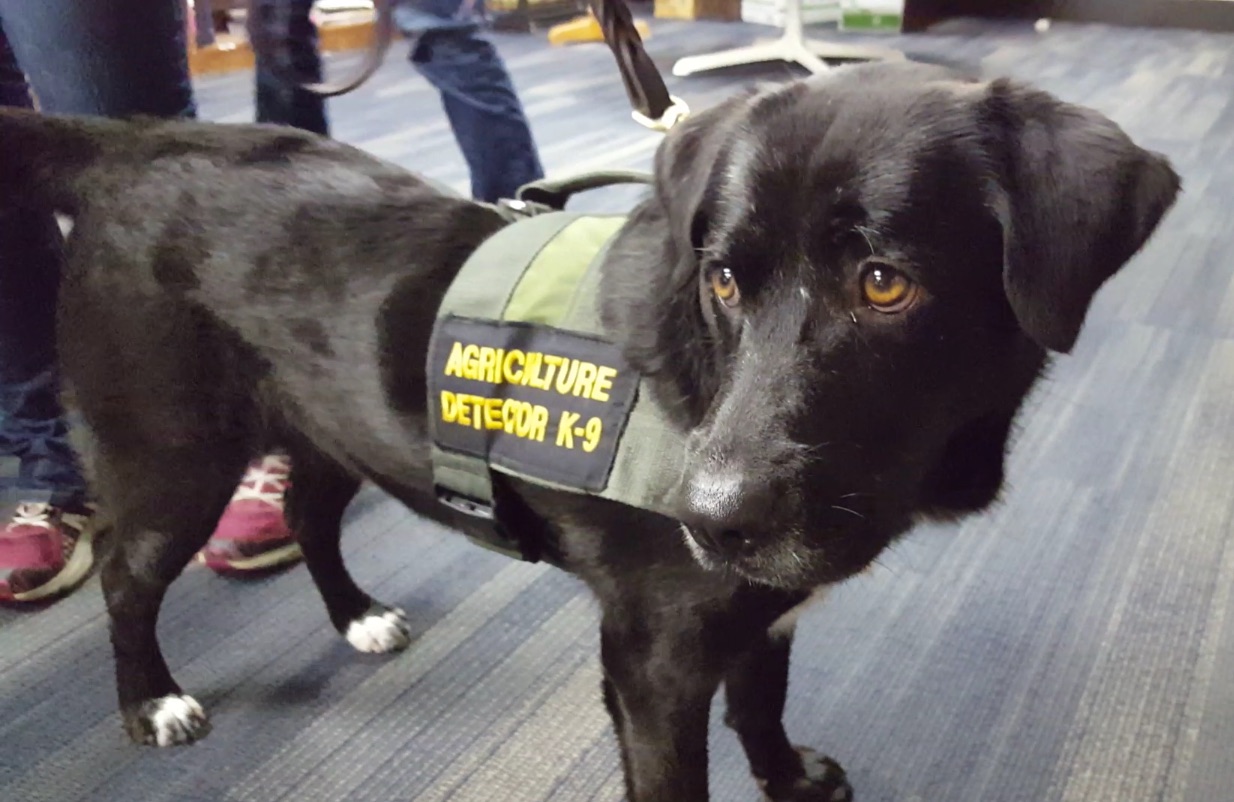Bayer AgVocacy Forum Connects Public with Food Production
Bayer Advocacy Forum Narrows Gap Between Public and Food Production
Food system, science and agriculture experts gather to discuss the convergence of food and the future of agriculture
NEW ORLEANS, La. Advancing the conversation about the best ways to sustainably feed a growing population is the overarching theme for the 2016 AgVocacy Forum, sponsored by Bayer CropScience. Representatives from agriculture and consumer media will hear from thought leaders in science, nutrition and sustainable food production at the invitation-only event TODAY.

David Hollinrake, vice president, marketing & portfolio management, Bayer
Formerly “Ag Issues Forum,” AgVocacy Forum continues a decade-long tradition of bringing together a diverse mix of people, experience and opinions to exchange ideas and philosophies that help shape and influence modern agriculture. This year’s event shines a spotlight on how being an “AgVocate” may help bridge the growing divide between consumers and those involved in food production.
“There are many challenges facing today’s food producer and perhaps none more important than building trust with consumers,” said David Hollinrake, vice president, marketing & portfolio management, Bayer. “We assembled experts at AgVocacy Forum to spark dialogue and bring focus to the steps needed to educate and engage a public that is increasingly detached from modern agriculture.”

Carolyn O’Neil, MS, RDN, former CNN correspondent
Award-winning author and registered dietician, Carolyn O’Neil, kicked off the Forum last night with a keynote address sharing her insights on consumer preferences driving food trends. The program also featured 12-year-old Braeden Mannering who, while attending the “Kids’ State Dinner” at the White House, was challenged by First Lady Michelle Obama to “pay his experience forward.” Braeden’s response was to create Brae’s Brown Bags (3B), which battles food insecurity by providing healthy snacks to homeless and low-income individuals.

Braeden Mannering, founder Brae’s Brown Bags (3B)
Additional guest speakers include:
Kavin Senapathy, author of The Fear Babe: Shattering Vani Hari’s Glass House and regular contributor for Forbes.com
Dan Dye, CEO of Ardent Mills, a joint venture among Cargill, ConAgra Foods and CHS
Josiah Zayner, CEO of The ODIN and former NASA bioscientist
Charles Baron, co-founder and vice president of Farmers Business Network, a crowd-sourced program for data-driven agriculture
AgVocacy Forum is being skillfully moderated by Frank Sesno, director of the School of Media and Public Affairs at George Washington University and a former CNN correspondent, anchor and Washington D.C. Bureau Chief.
In conjunction with the event, the Bayer Foundation has made a $10,000 donation to the Orleans Parish 4-H chapter and will work with the chapter to install a Feed a Bee pollinator garden at Ben Franklin Elementary.
Watch a live stream of the AgVocacy Forum at www.agvocacyforum.com, and join the conversation by following @bayer4cropsus and using #AgVocate. Be sure to look for blog posts on the event at www.cropscience.bayer.us/news/blog.
________________________________
Bayer is committed to bringing new technology and solutions for agriculture and non-agricultural uses. For questions concerning the availability and use of products, contact a local Bayer representative, or visit Crop Science, a division of Bayer, online at www.CropScience.Bayer.us.
Visit the Bayer Connect – Social Hub for social media, recent news, blog posts, videos and more from Crop Science, a division of Bayer.
________________________________
Bayer: Science For A Better Life
Bayer is a global enterprise with core competencies in the Life Science fields of health care and agriculture. Its products and services are designed to benefit people and improve their quality of life. At the same time, the Group aims to create value through innovation, growth and high earning power. Bayer is committed to the principles of sustainable development and to its social and ethical responsibilities as a corporate citizen.
Forward-Looking Statements
This release may contain forward-looking statements based on current assumptions and forecasts made by Bayer Group or subgroup management. Various known and unknown risks, uncertainties and other factors could lead to material differences between the actual future results, financial situation, development or performance of the company and the estimates given here. These factors include those discussed in Bayer’s public reports which are available on the Bayer website at www.bayer.com. The company assumes no liability whatsoever to update these forward-looking statements or to conform them to future events or developments.

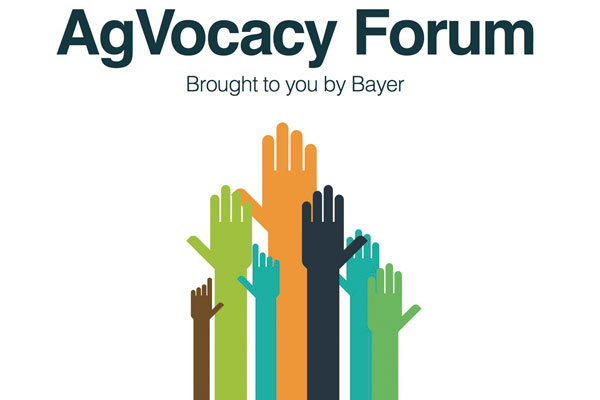
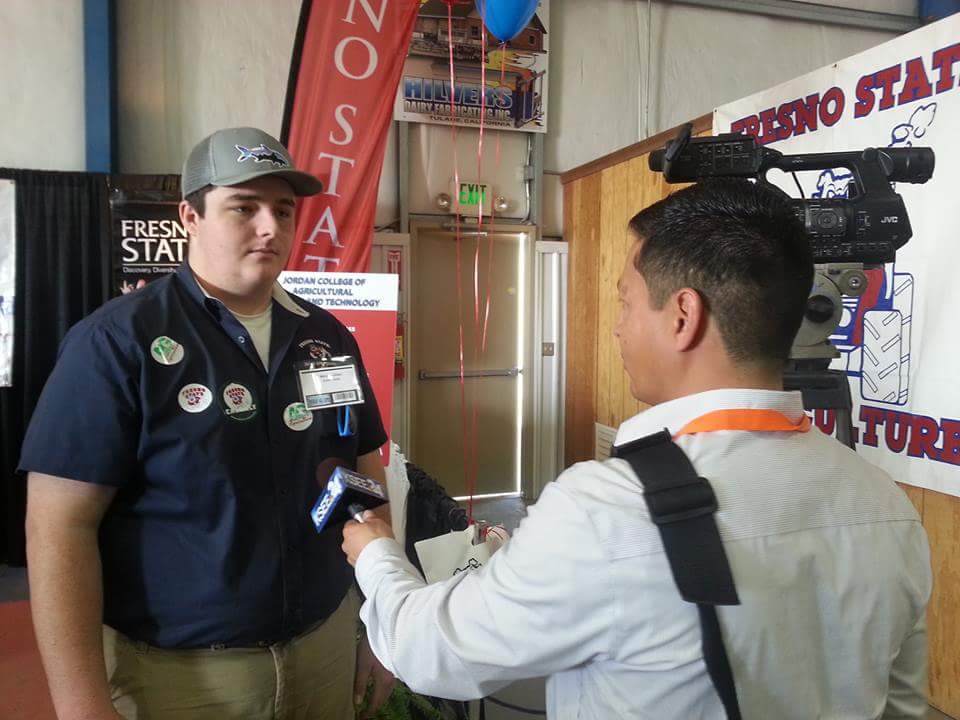


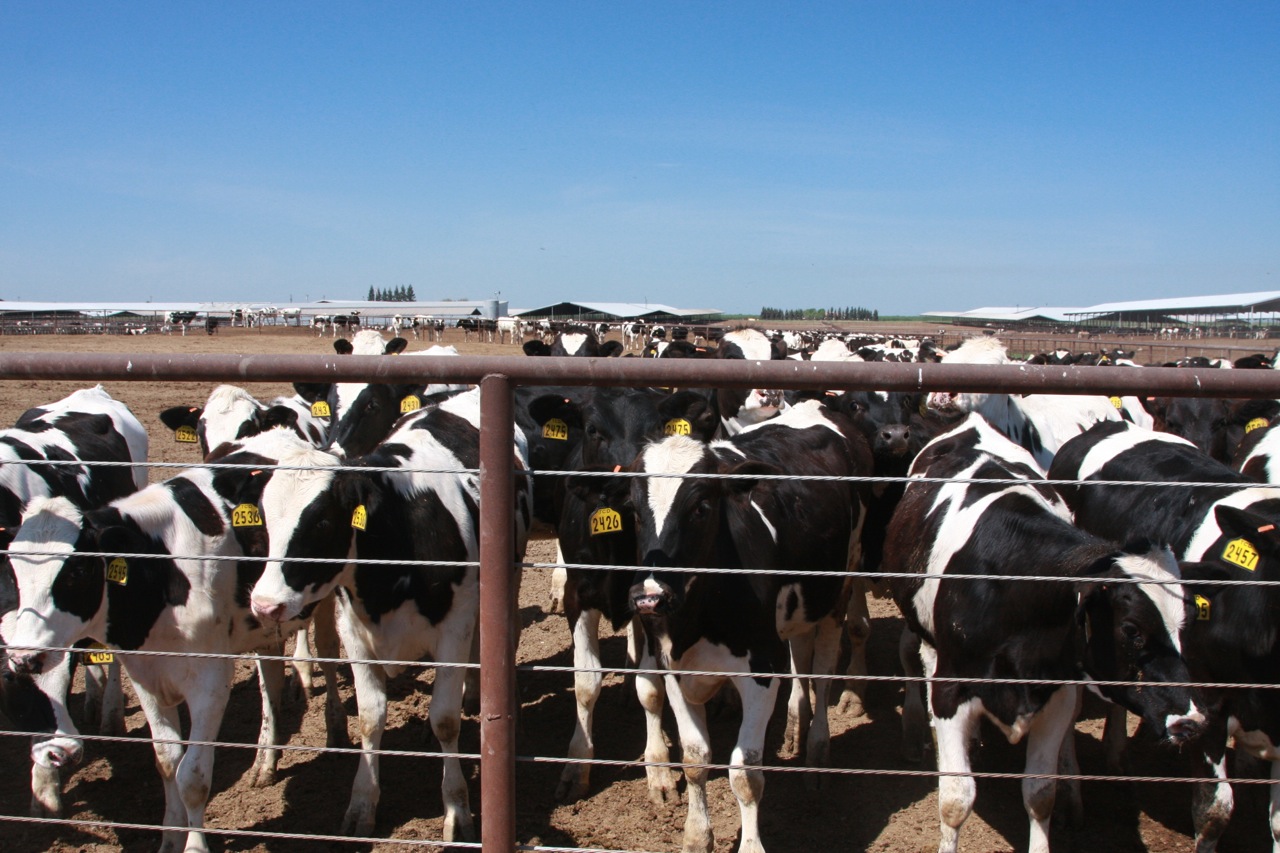

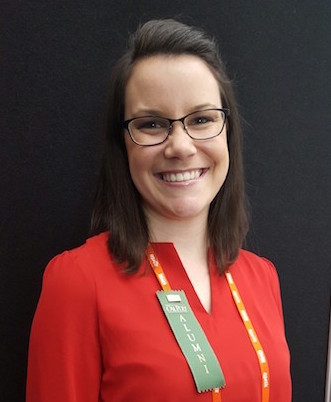



 “Farmers and ranchers are innovative and always trying to do the best they can to protect their land and water; but we all can do better. I think our producers respond to change in very good ways. Look, we have gone through technological advances; we are more technically precise in using fertilizers and water,” Carleton said.
“Farmers and ranchers are innovative and always trying to do the best they can to protect their land and water; but we all can do better. I think our producers respond to change in very good ways. Look, we have gone through technological advances; we are more technically precise in using fertilizers and water,” Carleton said.

